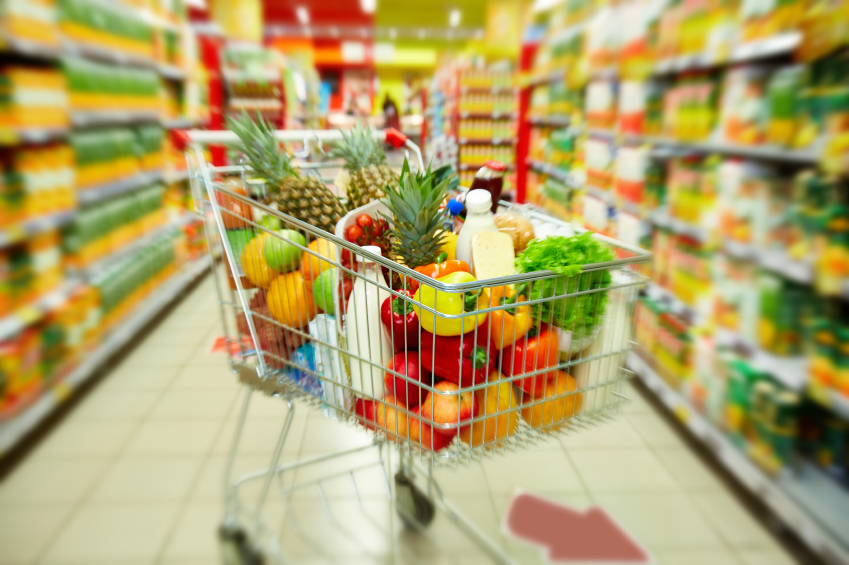
Free Press: Inflation spurs need for food-costing data
The following is an op-ed written by Joyce Slater, professor of community nutrition in the department of food and human nutritional sciences. It was originally published in the Winnipeg Free Press on June 8, 2022.
Inflation in the wake of the COVID-19 pandemic appears to be here for the foreseeable future. Food inflation has been hitting Canadians and Manitobans particularly hard. It’s a double-whammy as many people are behind financially as a result of the pandemic, and now find their grocery bills rising faster than they have in years.
According to the Statistics Canada Consumer Price Index, Canadians paid 9.7 per cent more for groceries in April 2022 compared to April 2021, while Manitobans paid 8.8 per cent more over the same period.
We know that food is, as economists tell us, an elastic good. Rental costs remain static (or go up), but people purchase less or different kinds of food (cheaper, less fresh and healthy) when budgets tighten, and many have to resort to charitable food to make ends meet.
This is evident in the 40 per cent jump in Harvest Manitoba food bank users over the past year, recently reported in the Free Press. That means a huge increase in the number of Manitobans who are food insecure, or unable to consistently afford healthy, acceptable food.
Prior to the pandemic, 14.4 per cent of Manitobans were food insecure (and up to 60 per cent of northern Manitobans). Food insecurity rose during the pandemic and will likely stay high because of food inflation. Knowing how changing food costs impact Manitobans’ food security and livelihoods is critically important, but we have little data to make these assessments.
Most provinces in Canada conduct regular food costing in urban, rural and remote areas using a Nutritious Food Basket model: a market basket of staple and healthy foods. The costing is done regularly (annually or every two to three years) by government departments, typically health or social services, and often in partnership with non-profit agencies. Grocery stores are randomly selected in geographic areas of interest, and they grant permission for agency staff or volunteers to collect food prices.
The price data is analyzed, allowing for monitoring of trends in food costs over time, comparison of food costs between regions, and assessment of what proportion of citizens’ dollar is going to food versus other expenses such as housing, compared to income. This empirical approach to food costing also allows organizations such as school meal programs, long-term care and other health facilities to plan, manage and project food budgets.
Unfortunately, Manitoba does not engage in regular food costing. The last publicly available costing is from 2011. In 2017, a coalition led by the province (Manitoba Health, Seniors and Active Living) collected grocery pricing across Manitoba, with the province taking responsibility for writing and distributing a final report (I was part of the coalition). However, despite efforts by the coalition to have the report released, it remains in the minister’s office to this day.
We know from other reports that food prices vary significantly throughout the province, being especially high in northern communities. A milk pricing report by the Canadian Centre for Policy Alternatives found the cost of milk in northern Manitoba communities was up to $1.40 per litre higher than in Winnipeg (about double), and even communities in close proximity had vastly different prices: the cost of one litre of milk in Opaskwayak Cree Nation was 23 per cent higher than across the bridge in The Pas.
Manitoba’s Poverty Reduction Strategy, Pathways to a Better Future, which included consultations throughout the province, reports that food insecurity was a major issue brought forward. Unfortunately, grocery basket pricing is not listed as one of the strategy’s initiatives.
Given the current state of food inflation and food insecurity, it is time for the Manitoba government to reconsider releasing the 2017 report, and facilitating and resourcing a new and ongoing process for collecting and distributing food pricing through the Nutritious Food Basket model.
Understanding food cost trends over time and across regions is critical for planning food service, as well as social programs aimed at reducing poverty.






